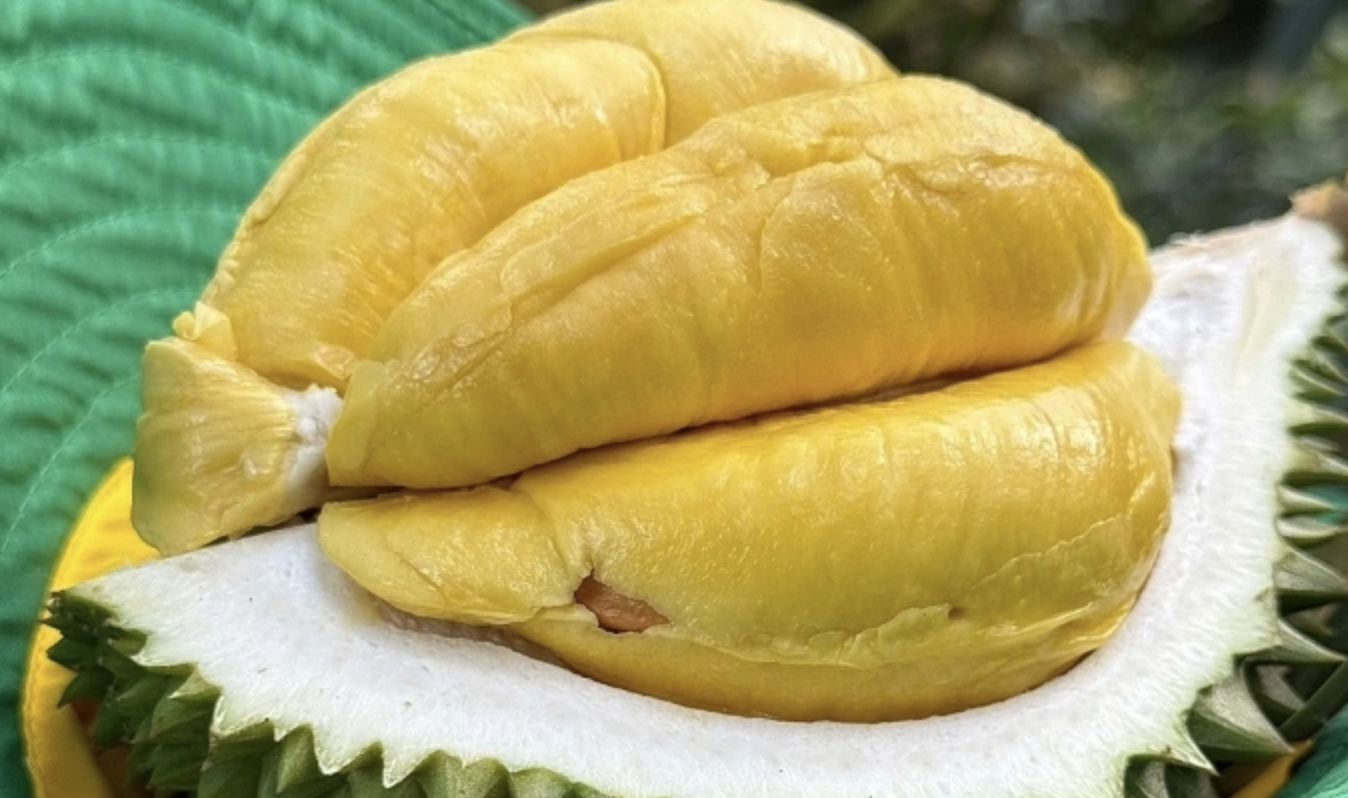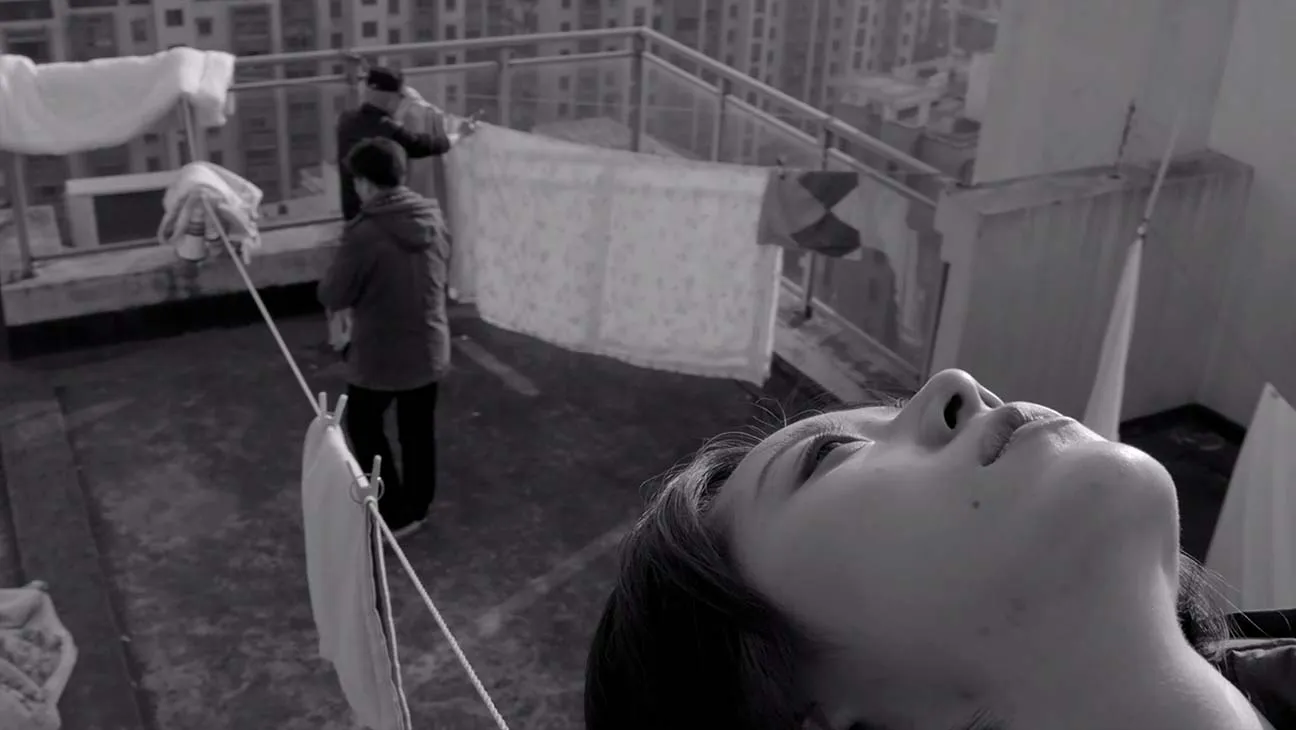I sat with a farmer of yancha, a variety of oolong, over a basic folding table with a metal tea tray that seems so standard in every tea region, I am beginning to wonder if the government handed them out. Together we looked at a drawing depicting the oldest method of oolong production, before electricity.
In particular, we were looking at the “kill green” step. This is when the leaves are exposed to very high heat to preserve them. While modern oolongs are cooked in giant electric ovens that heat spin, very similarly to your clothing dryer, the device we were looking at in the drawing one had a wok-like shape. “Do people use this machine any more?” I asked. He shook his head no. “Now we use machines, much better.”


My first reaction was that this was indicative of a newer, more mechanized attitude toward tea production that didn’t necessarily appreciate the quality produced by hand made methods, but then he explained more. “It’s too easy to ruin the leaves in this wok. The tea leaves often break when making them this way, and it’s hard to make high-quality tea.”
I knew that green tea makers still use the wok method, and asked him why. “Because their flavor depends much more on this step. Oolong’s flavor has already been made,” he said, referring to the fact that green tea production only really has one step, sha qing (“kill green”). In most cases, fresh leaves go into the wok, and what comes out is finished tea. Therefore, the utmost care must be taken for this step. Oolong production, on the other hand, includes many steps that come before sha qing, the final step. It was through this conversation that I began to understand the important role played by machines in tea production.


The use of the term “handmade” in tea marketing is meant to conjure an image of hand-crafted refinement. It presents a romanticized image of tea makers slaving away, putting in extra time and work to bring the absolute best out of every leaf. It sells the idea that machines are part of the new age of modern mechanized tea, which is far inferior to the old, traditional ways. While this idea is great for selling tea, unfortunately it is not a reflection of the truth. The fact is, even in the best tea regions, the line between machine-made and handmade is blurry.
The grandfather I was talking to stood in front of a giant machine that was cooking the tea, smoking a cigarette. He would stand there, just staring at it, not moving. Every now and then he would reach into the machine, pull out a handful of tea, look and it, and put it back. After doing this a few times, he turned off the machine and poured the tea into a basket, and gave it to the next person for the rolling step.


In most cases, this is the most accurate way to describe “handmade” tea production: lots of direct hand contact. Even though it was not the farmer himself who was cooking the tea — it was still the machine — he constantly felt the tea by hand and examined it closely, using his own experience, and not a machine, to decide when it was done. There are teas where the production process is more intensive and less reliant on machines, but those are top-level teas that sell for more money than most of us want to spend.
The presence of machines in the tea world is a complex topic that even I struggle to form an opinion on. At this point, it is nearly impossible to get good oolong that is 100% handmade, without the use of a single machine. The use of machines with constant supervision still produces good tea. Switching back to completely handmade methods comes with a high risk of ruining the tea, in part because farmers today have been using machines for so many years that it would take a few tries to get the muscle memory back.
At the same time, there is something lost when things are timed so mechanically. Tea-making is an extremely delicate process, and every choice in that process yields a different result. So the question becomes: what should be done in the traditional way, and what is should be modernized?


To answer this question, you would need to develop an understanding the tea-making process on a level close to, if not matching, that of the farmers themselves. It’s also useful to remember that the cost of tea is largely dependent on the manual labor put into it, and most tea buyers in the West are nowhere near ready to pay for the cost of a truly, 100% handmade traditional tea. And that’s fine — machine-made tea can still taste pretty damn good.















